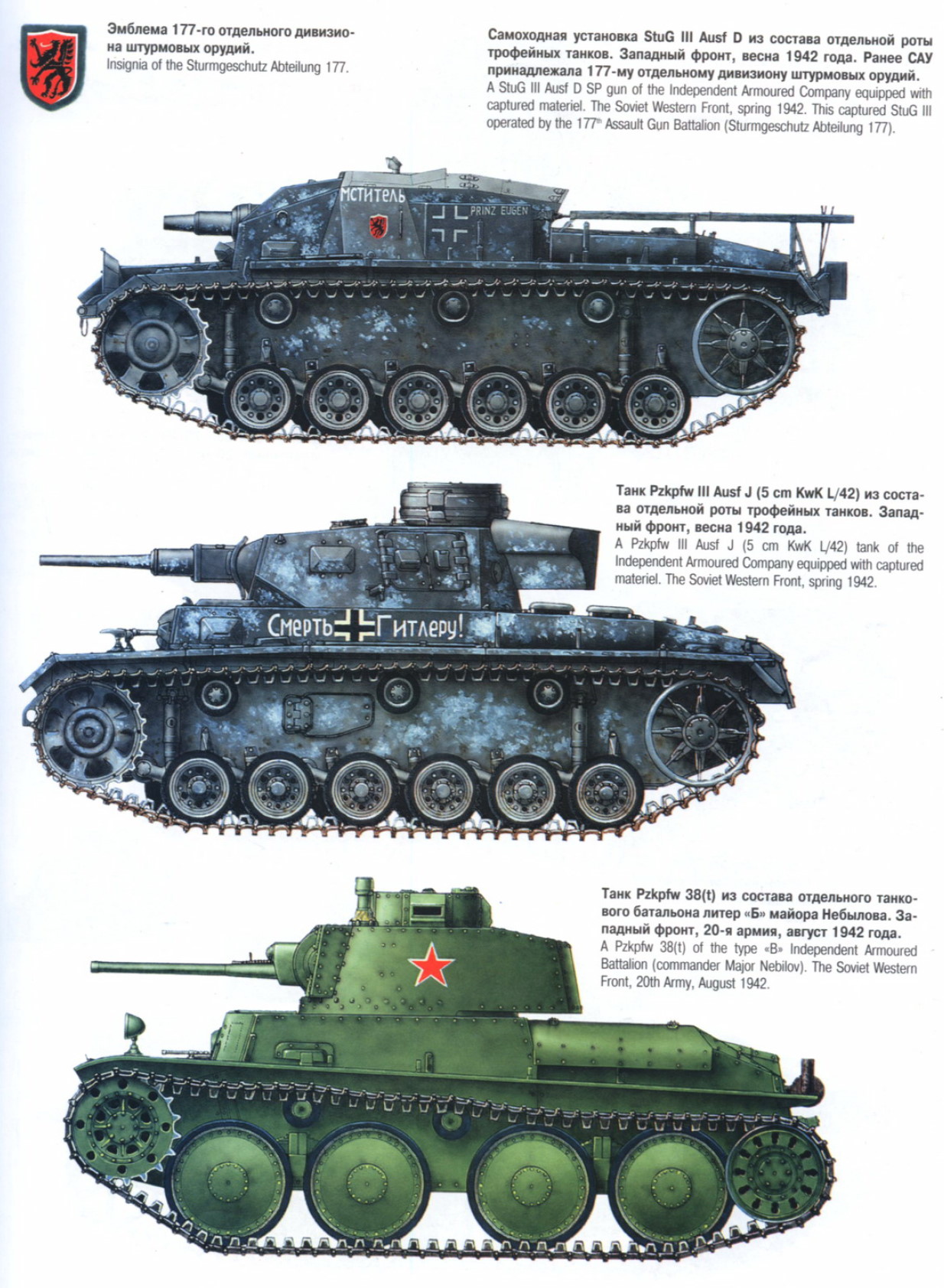
Large items such as tanks, cannons or artillery pieces, equipment can be lost when they are immobilized through vehicle breakdowns or minor damages. In general, a retreating force tends to lose a lot of heavy equipment regardless of actual combat losses. The heavy maintenance demands of armored fighting vehicles are both a cause of loss and an obstacle to re-use. For example, after the Battle of Stalingrad in 1943, several hundred German Panzer III tanks and similar StuG III assault guns/tank destroyers were captured. So many were available that a significant effort was made to repair and re-use them. More than 201 were rebuilt as the SU-76i self-propelled gun, with some even serving as Soviet SG-122 self-propelled howitzer vehicle prototypes. Besides Panzer IIIs and StuG IIIs, the Soviets also used about a hundred ex-German Panzer IV medium tanks and (at least) some Panther tanks. Tiger I and II tanks seized by the Soviets were only largely used for testing rather than fighting on the frontline (no photographic evidence of any serving on the front). Artillery pieces can also be lost during retreats, when battery positions are overrun (often easily once the frontlines are punctured) or when they are immobilized during hindered road movements or maneuvers.
Use of captured equipment has obvious benefits and less-obvious drawbacks. When Axis tanks were captured and could be repaired for use, they were often used in deception operations. A common tactic was for a Soviet tank unit to approach a German position using one or two captured German tanks in the lead. The hope was that the German defenders, recognizing a “friendly” tank, would not fire, or would delay their fire long enough for the Soviet unit to make a close approach.
Axis tanks and other AFVs were also re-marked and sometimes re-armed with Soviet weapons. One such example is the SU-76i assault gun based on captured Panzer III. Evidence also exists of German Panzer I-based command vehicles re-armed with Soviet 20mm ShVAK cannons. Usually, however, the vehicles were neither modified nor re-marked.
The drawbacks to using enemy equipment are significant. First, the captured vehicles are very often mistaken as enemy and thus are subject to friendly fire. Second, it is difficult to repair or maintain them; the simple act of obtaining ammunition or minor engine parts can be insurmountable. Third, equipment such as radios may not be compatible with other friendly equipment. Fourth, troops may not understand the maintenance requirements of the unfamiliar enemy equipment.
With the exception of the Panzer III tank, most of the vehicles listed below were captured in very small numbers and never contributed significantly to Red Army strength in any operation.